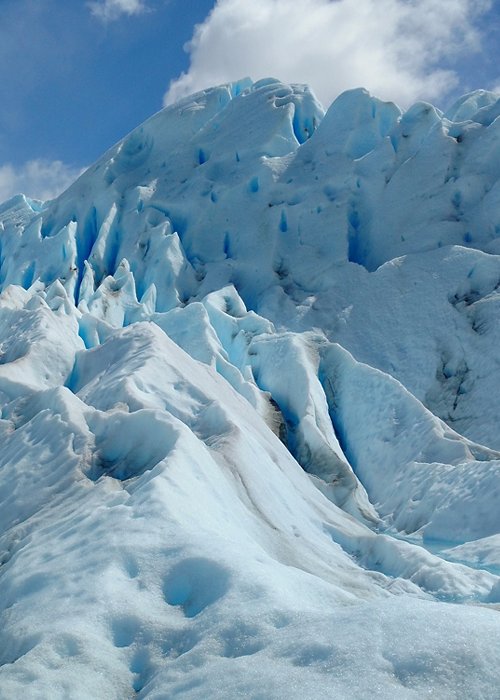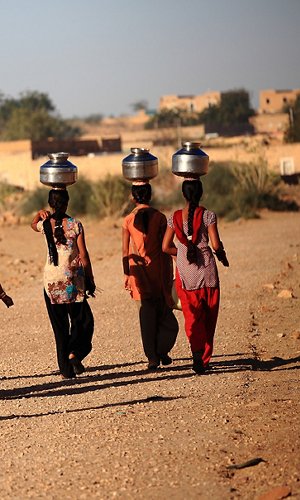According to a study conducted by a French and Swiss research team recently published in the leading journal Nature, continental glaciers, i.e. those found on mountains or in colder lands, are disappearing. The researchers have mapped more than 200,000 continental glaciers using digital image processing techniques applied to images captured by NASA satellites, millions of measurements and photographs from space that have made it possible to reconstruct changes to glaciers over the last few decades. The figures are alarming: between 2000 and 2019, glaciers lost 5,340 billion tonnes of ice, meaning an average of 267 each year. This is a huge amount that is even more worrying if, instead of the average value, we consider the precise amount of ice that has melted each year. This amount s constantly increasing: between 2000 and 2004, 227 billion tonnes were lost every year, in 2019 the amount of melted ice was 298 billion tonnes. Alaska is the territory most affected by this phenomenon, followed by Canada. The glaciers in the Himalayas are also under threat. This is a serious problem, since the great Asian rivers, the Ganges, Indus and Brahmaputra, originate from the highest mountains in the world.
A reduction of the ice in the Himalayas would limit the availability of water for about 1.6 billion people living between India and Bangladesh, creating problems in agriculture, domestic use and hydropower production. The study also monitored Alpine glaciers and predicts that 65% of the ice will disappear in the next few decades.
The melting of glaciers is a direct consequence of the increase in the average temperature of the planet due to the greenhouse effect.
The greenhouse effect, a review
A greenhouse is a closed, controlled environment where plants grow at constant temperature and humidity. It is a method of cultivation that cancels the effects of the seasons because the weather inside the greenhouse is always fine. The system works because of the transparent glass or plastic roof and walls that trap the heat of the sun inside the greenhouse. The greenhouse effect does something similar: greenhouse gases trap some of the sun’s energy in the atmosphere and warm the planet.
Carbon dioxide is the gas that contributes most to the greenhouse effect (60%), followed by methane (20%), ozone (15%), nitrogen oxides (10%) and chlorofluorocarbons (5%). While carbon dioxide, ozone, methane and nitrogen oxides are for the most part of natural origin, chlorofluorocarbons are man-made; they are gases once used in refrigerators and aerosol sprays and, given that they caused the notorious hole in the ozone layer, they were banned in 1990, but they are resistant gases and those still in circulation continue to cause damage. Since the mid-19th century, with the industrial revolution, we have been burning fossil fuels – first coal to drive steam engines, then gas and oil – and so the amount of CO2 in the atmosphere has increased dramatically: from 280 to 410 parts per million. Parts per million (PPM) are calculated by taking a sample of air, dividing it into one million parts and measuring how many of these are CO2. 410 PPM may seem like an insignificant amount, a tiny bubble, but when you consider the vastness of the atmosphere they add up to billions and billions of tonnes. And then, in addition to fossil CO2, there is the CO2 that trees are no longer able to absorb due to deforestation.
Due to the greenhouse effect, the average temperature of the planet has risen by about one degree Celsius over the last century. This may seem to be another negligible increase, but the climate is a very delicate mechanism that depends on very many interconnecting variables: if any of them are altered, there may be unforeseeable consequences, while others are already evident, such as the increase in the frequency of extreme weather events. One of the consequences of melting continental ice is a rise in sea levels that, according to researchers, may reach one metre by the end of this century.
By Andrea Bellati




